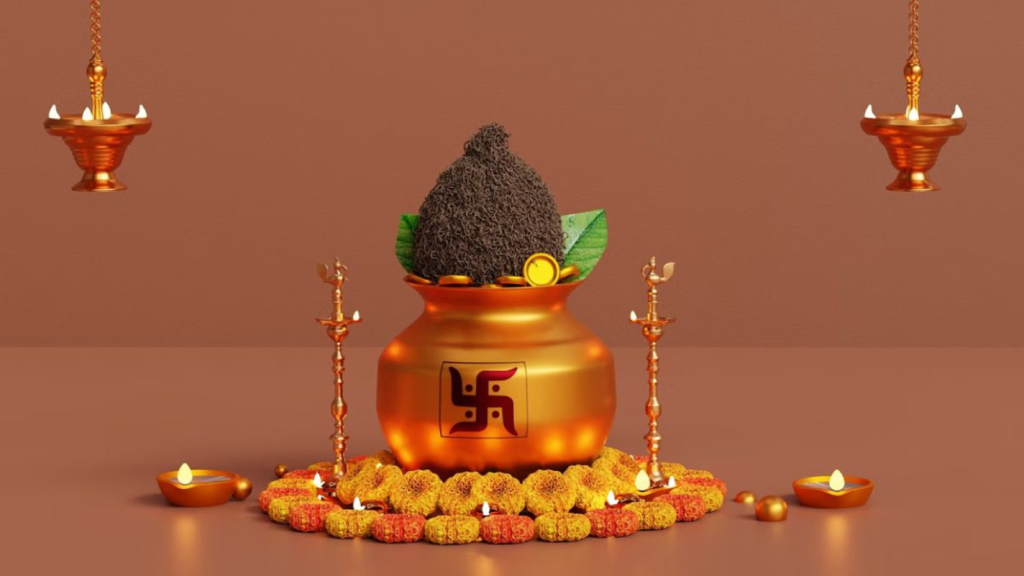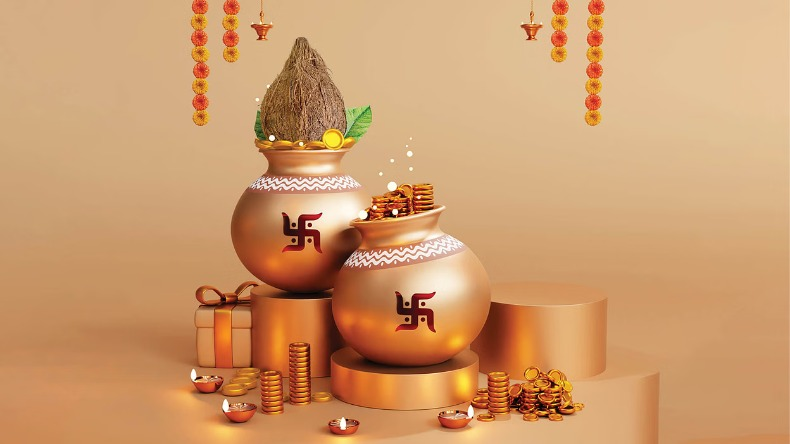
Table of Contents
- Introduction: The Timeless Significance of Akshaya Tritiya
- Meaning of the Word “Akshaya”
- Akshaya Tritiya in Hinduism
- Akshaya Tritiya in Jainism
- Common Themes: Eternal Prosperity and Spiritual Renewal
- Why Akshaya Tritiya is Still Relevant Today
- Final Reflection
1. Introduction: The Timeless Significance of Akshaya Tritiya
Every year, as the sun shines brightly in the Hindu month of Vaishakha, an ancient day returns with promises of eternal abundance and spiritual elevation—Akshaya Tritiya. Celebrated by both Hindus and Jains, this sacred day is not just a date on the calendar but a cosmic occasion, woven with myth, history, and deep spiritual symbolism.
2. Meaning of the Word “Akshaya”
The Sanskrit word “Akshaya” means imperishable, eternal, and never diminishing. Anything begun or offered on this day—be it wealth, kindness, prayers, or ventures—is believed to bring endless growth and blessings.
“Tritiya” refers to the third lunar day of the bright half (Shukla Paksha) of Vaishakha month, making it the third day after the new moon when the energies of the cosmos align for lasting positivity.
3. Akshaya Tritiya in Hinduism
In Hinduism, Akshaya Tritiya is a day when mythology, dharma, and prosperity converge. Several legends make this day profoundly significant:
a) The Birth of Parashurama
Akshaya Tritiya marks the birth of Lord Parashurama, the sixth avatar of Lord Vishnu. Known as the warrior sage, Parashurama symbolizes righteous strength and divine justice.
b) The Krishna–Sudama Story
One of the most beloved tales is of Sudama, the poor Brahmin who visited his childhood friend Lord Krishna on this day. Offering nothing more than a humble handful of beaten rice (poha), Sudama was blessed with immense wealth. This story reminds us that sincere offerings born of love and devotion are always rewarded.
c) The Mahabharata Connection
On Akshaya Tritiya, Lord Krishna gifted the Akshaya Patra (a vessel of endless food) to the Pandavas during their exile. This miraculous pot ensured they never went hungry. It symbolizes abundance that flows from divine grace.
d) Ganga’s Descent to Earth
It is also believed that the sacred river Ganga descended to Earth on this day, sanctifying the planet with her purifying waters.
e) Start of Sacred Texts
Many sages begin reading or teaching scriptures like the Mahabharata or Puranas on this day, as it’s considered especially blessed for learning and spiritual growth.
4. Akshaya Tritiya in Jainism
In Jainism, Akshaya Tritiya holds supreme spiritual value, centered around the life of Lord Rishabhdev, the first Tirthankara.
a) Rishabhdev’s Year-Long Fasting
After giving up his kingdom and worldly life, Lord Rishabhdev began his ascetic journey and undertook a year-long fast without any food. After this period, he sought alms, but no one knew how to offer food properly to a monk.
b) The Break of the Fast
Finally, on Akshaya Tritiya, King Shreyansh Kumar understood the right method of offering and gave sugarcane juice to Rishabhdev, thus breaking his fast. This moment is considered the first-ever donation (daan) in Jain tradition, marking the origin of proper monk donations (aahar daan).
Thus, Akshaya Tritiya in Jainism celebrates:
- The spirit of renunciation and
- The importance of pure charity given with faith and understanding.
5. Common Themes: Eternal Prosperity and Spiritual Renewal
Despite different mythologies, both Hinduism and Jainism view Akshaya Tritiya as a day of:
- New beginnings
- Spiritual elevation
- Abundant blessings that never fade
- Inner purification through prayer, fasting, and charity
Whether it’s Krishna’s compassion, Rishabhdev’s renunciation, or Parashurama’s valor—the underlying theme is clear: when actions are aligned with dharma, the results are eternal.
6. Why Akshaya Tritiya is Still Relevant Today
In a world full of fleeting trends and constant change, Akshaya Tritiya offers a rare pause—a moment to align with something timeless.
Even today:
- Starting a new venture or making an investment is believed to yield lasting success.
- Acts of giving, no matter how small, are seen as seeds for lifelong prosperity.
- It’s a reminder that purity of intent brings lasting impact, far beyond material gain.
Whether through ritual, reflection, or renewal, this day inspires individuals to reconnect with what truly matters.
7. Final Reflection
Akshaya Tritiya is not just an event; it’s a philosophy. It teaches us that true abundance is not about accumulation, but continuity—of goodness, gratitude, and grace. In Hindu and Jain traditions, this day is a celebration of imperishable virtues and eternal values.
As the sun rises on Akshaya Tritiya, may we all take a step toward that which never fades: compassion, clarity, and inner light.

